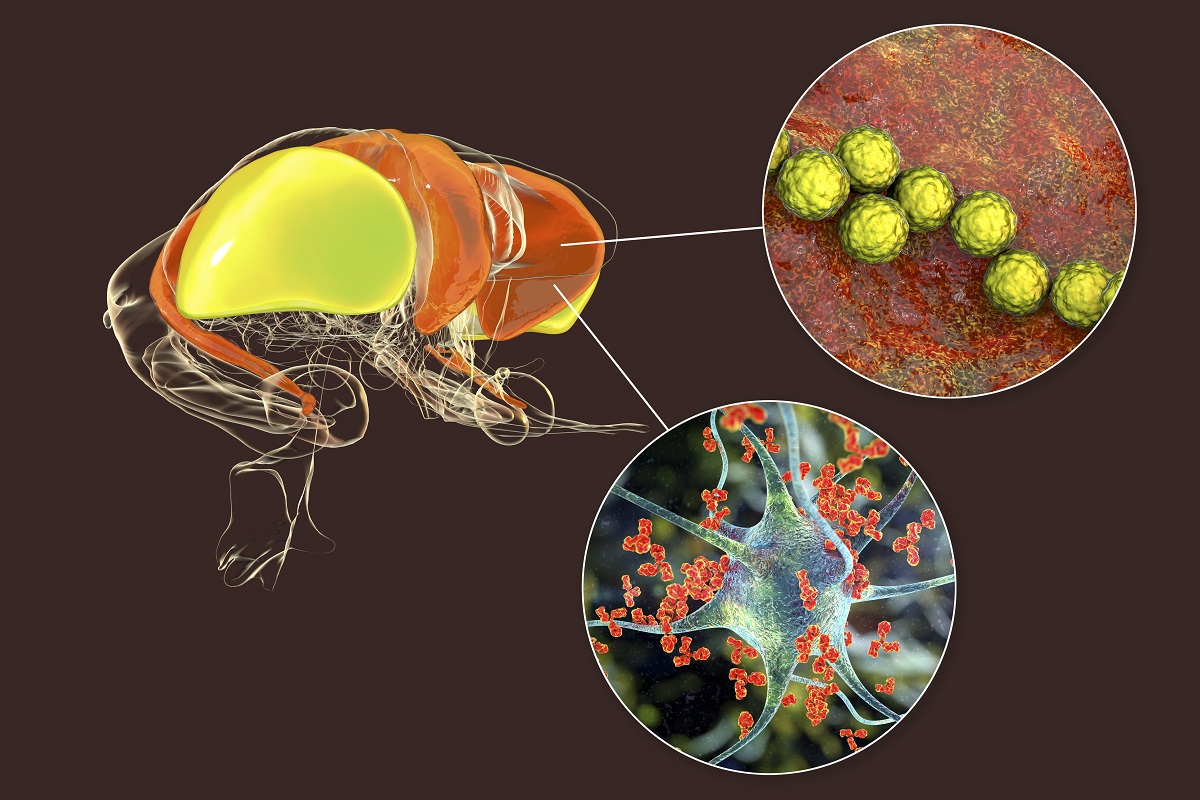KEY TAKEAWAYS
- The study aimed to develop an HNSCC risk model utilizing m6A regulators and cuproptosis gene-associated mRNAs.
- The model predicted HNSCC outcomes, guiding personalized therapies for individuals with the condition.
Head and neck squamous cell carcinoma (HNSCC) is a common cancer with low survival rates, influenced by head anatomy and a scarcity of dependable biomarkers. Cuproptosis is an emerging cellular regulated death pathway, while N6-methyladenosine (m6A) is a prevalent RNA modification in mRNA. Both are closely linked to tumor development, advancement, and prognosis.
Zhongxu Xing and the team aimed to construct a risk model for head and neck squamous cell carcinoma using a set of mRNAs associated with m6A regulators and cuproptosis genes (mcrmRNA).
The study utilized RNA-seq and clinical data of patients with HNSCC from The Cancer Genome Atlas (TCGA) database, which were analyzed to develop a risk model through least absolute shrinkage and selection operator (LASSO) analysis.
Survival analysis and receiver operating characteristic (ROC) analysis were performed for the high- and low-risk groups. Additionally, the model was validated using the GSE41613 dataset from the Gene Expression Omnibus (GEO) database. Gene Set Enrichment Analysis (GSEA) and CIBERSORT were applied to investigate the immune microenvironment of HNSCC.
A risk model was developed using LASSO analysis of 32 microRNA methylation markers (mcRNA). This model assigned a risk score to each patient, which was then validated as an independent predictor of prognosis in a multivariate Cox proportional hazards model. Patients classified as high-risk exhibited a greater tumor mutation burden. As assessed by CIBERSORT analysis, immune cell infiltration levels differed significantly between the high and low-risk groups.
Furthermore, the groups displayed substantial disparities in sensitivity to common therapeutic drugs. Enrichment analysis revealed distinct metabolic pathways and RNA processing signatures between the two groups.
The study concluded that based on analysis of 32 microRNA methylation markers, the developed risk model effectively predicts outcomes in patients with HNSCC. This model offers valuable insights for developing personalized therapeutic approaches, potentially leading to more targeted and effective treatments for this type of cancer.
No funding information was available.
Source: https://pubmed.ncbi.nlm.nih.gov/38778403/
Xing Z, Xu Y, Xu X, et al. (2024). “Identification and validation of a novel risk model based on cuproptosis‑associated m6A for head and neck squamous cell carcinoma.” BMC Med Genomics. 2024 May 22;17(1):137. doi: 10.1186/s12920-024-01916-5. PMID: 38778403.



